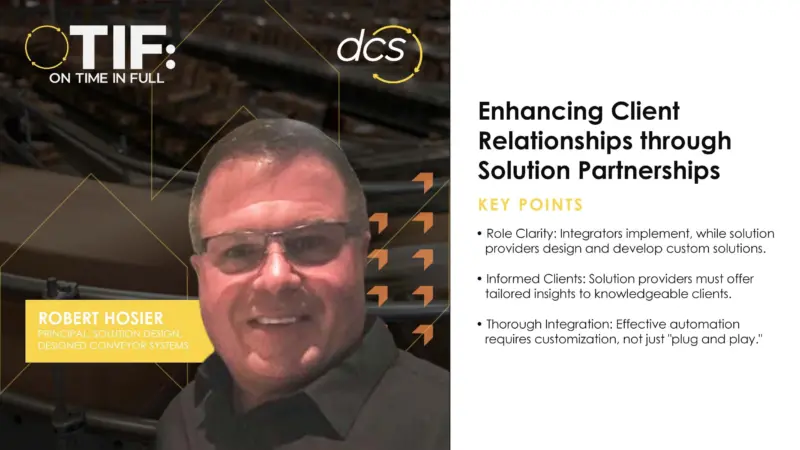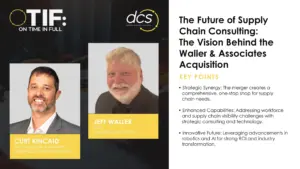What’s the True Cost of Machine Downtime?
The continuous modernization of industrial processes is dizzying and exciting. All Systems Go is a show that intends to demystify the varying technologies—from UAVs and robotics to supply chain software and virtual reality sims—and how they will advance everything from logistics to manufacturing across the globe.
Senseye’s recently-launched report, “The True Cost of Downtime,” found that large facilities lose 27 hours a month to machine failures, on average, at the cost of $532,000 for each hour of unplanned downtime.
Total losses are estimated to total $3.3 million production hours, worth US$864 billion per year across Fortune Global 500 industrial companies.
The results were compiled from studies of 72 major multinational industrial and manufacturing companies.
Alexander Hill, Chief Global Strategist of Senseye, said that unplanned downtime is “the curse of the industrial sector.” When expensive production lines and machinery stop, organizations stop earning, and those investments start costing rather than making money.
The sector hardest hit is automotive, even after years of investment in automation and systems. Auto plants were found to lose, on average, 29 production hours a month at the cost of $1.3 million per hour.
Mining, metals and other heavy-industrial companies lose 23 hours/month, equating to 1.2 million hours a year across the sector. At $187,500/hour, this adds up to $225 billion annually.
Oil and gas producers suffer 32 hours of unplanned downtime each month, on average, at the cost of $220,000 per hour, amounting to $84 million per facility.
One of the big challenges manufacturers face is managing data, sorting the valuable wheat from the white noise of chaff, and using it to effect improvements.
Senseye can help clients and customers implement effective strategies and manage them to get unplanned machine downtime under control.
Check Out Previous Episodes of All Systems Go Here!
Follow us on social media for the latest updates in B2B!
Twitter – @MarketScale
Facebook – facebook.com/marketscale
LinkedIn – linkedin.com/company/marketscale







